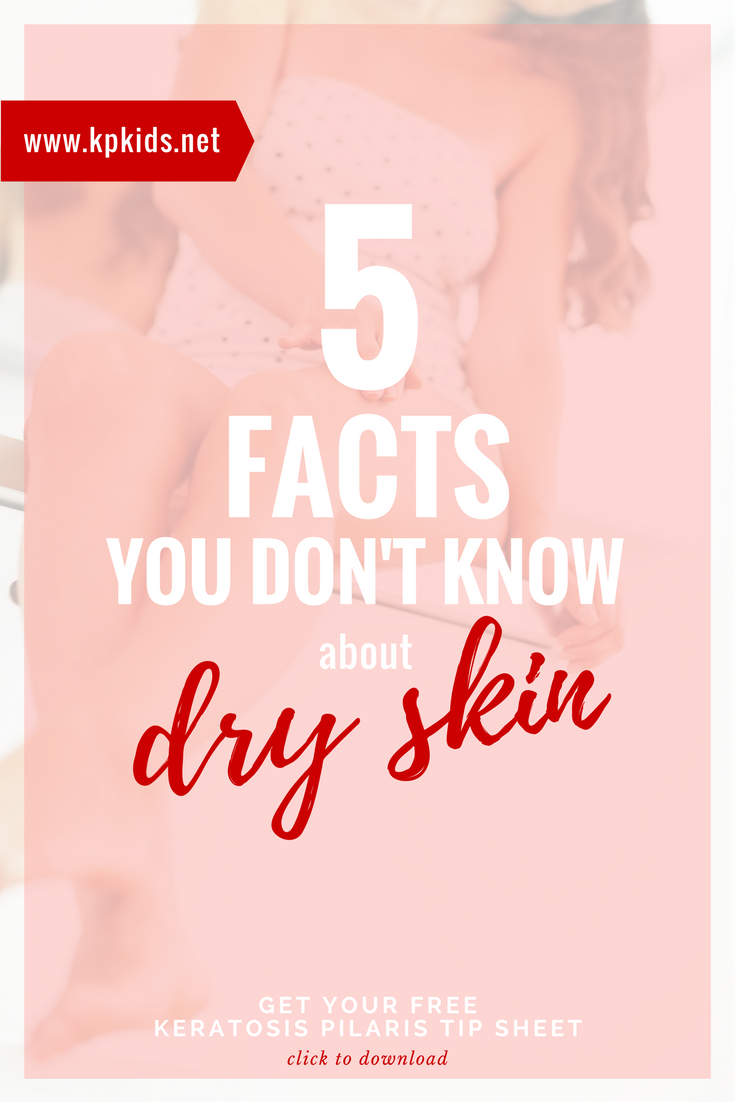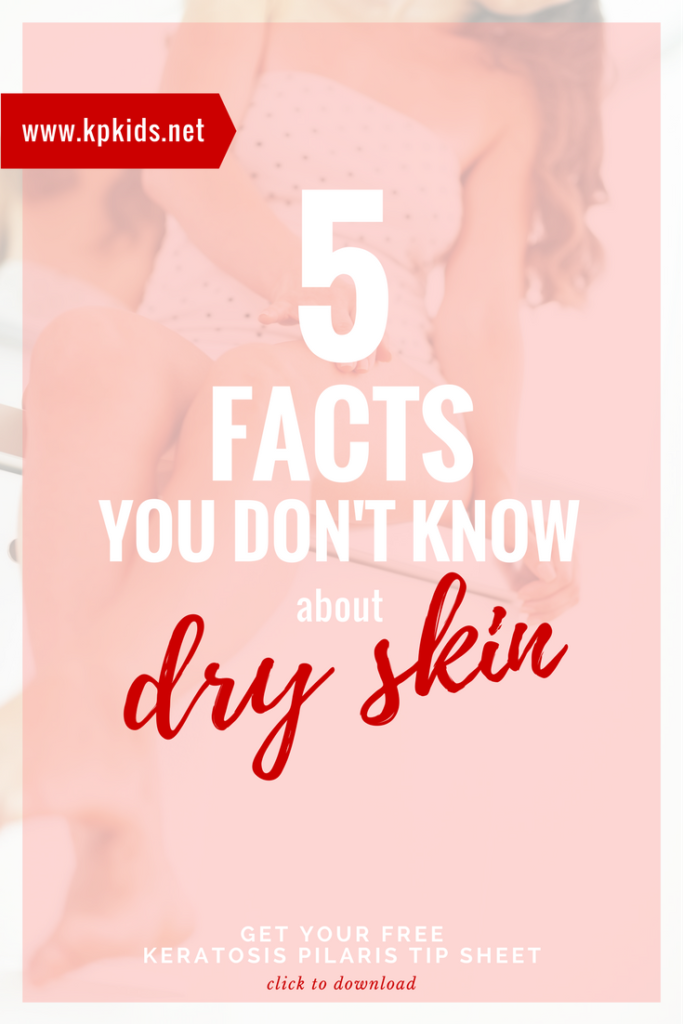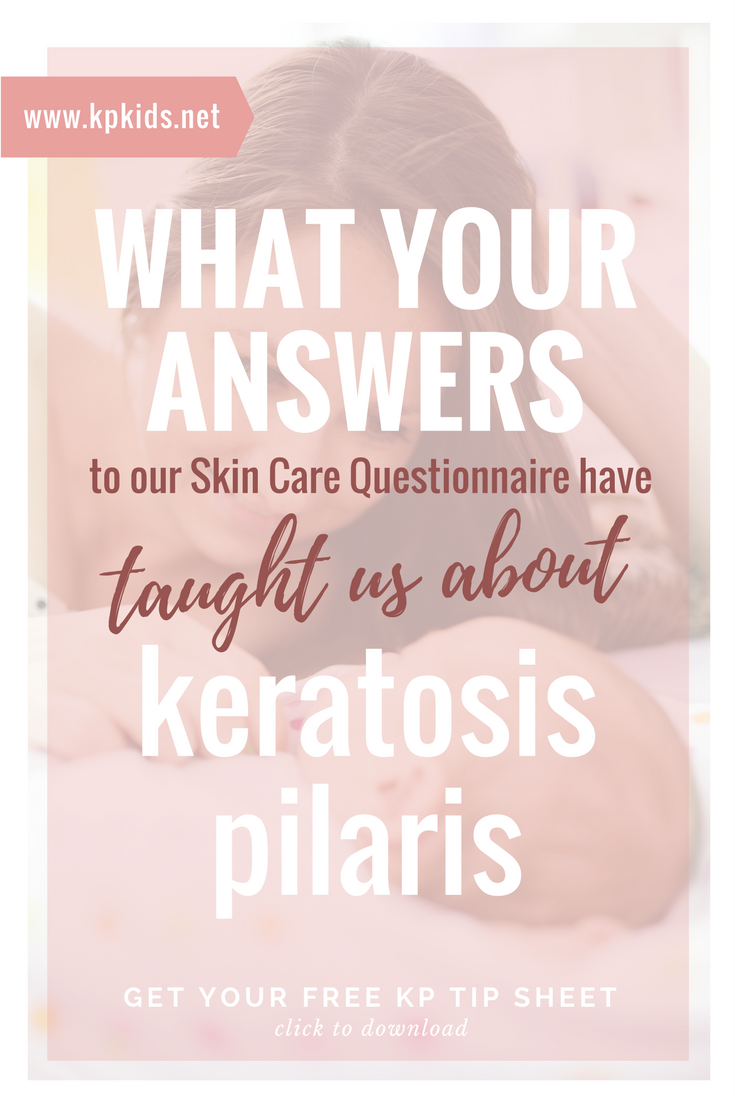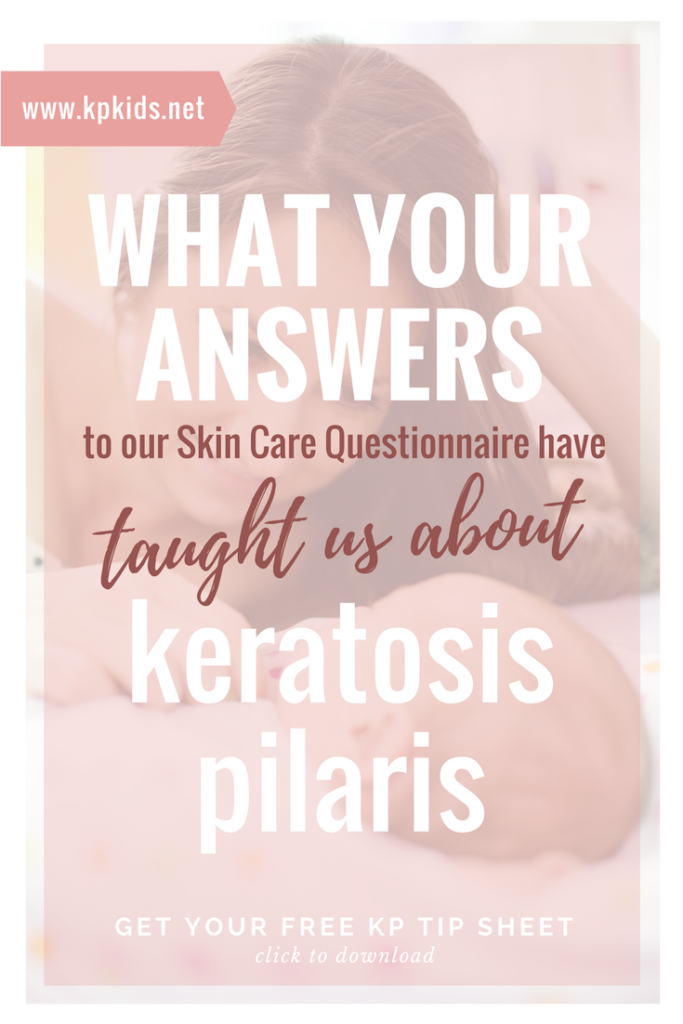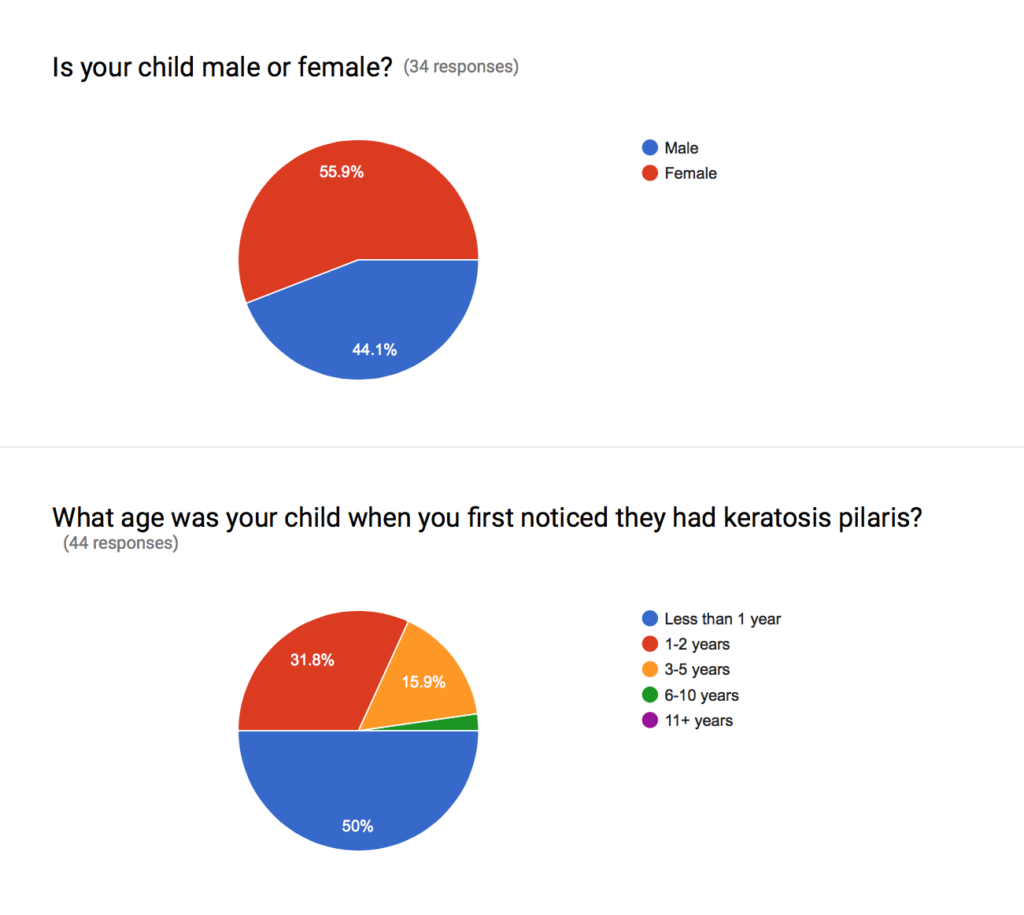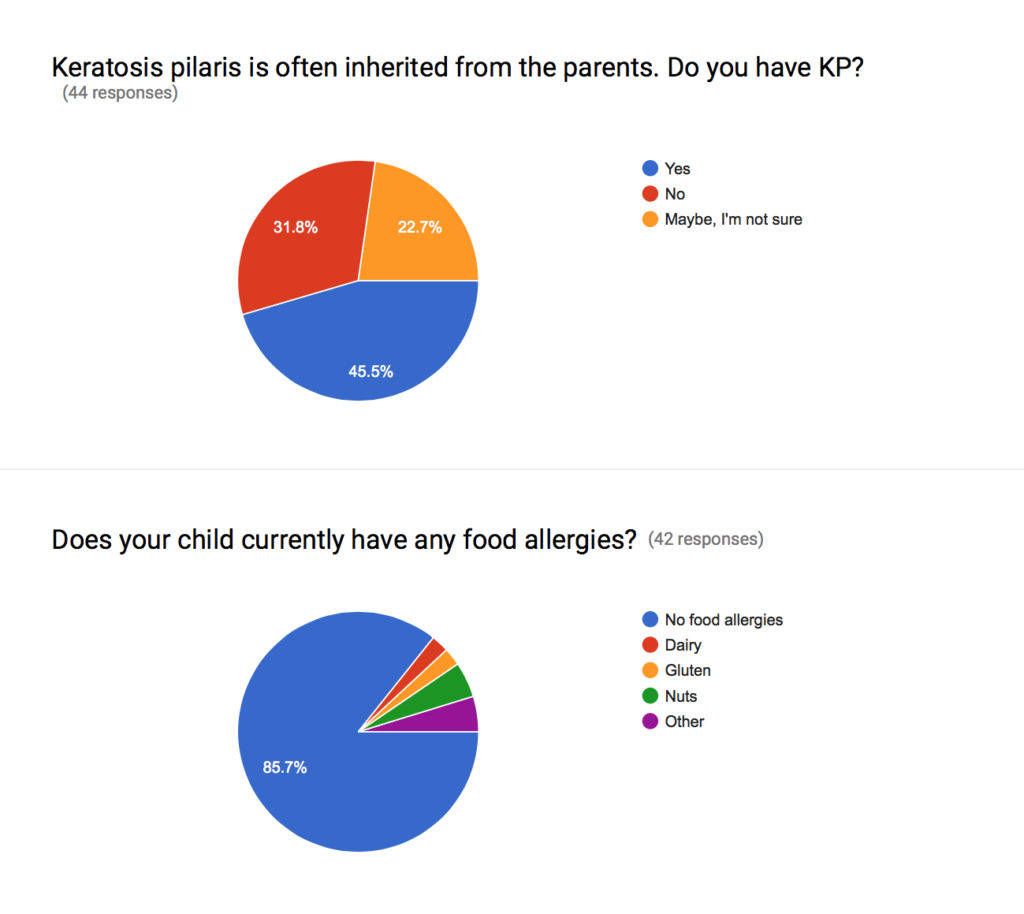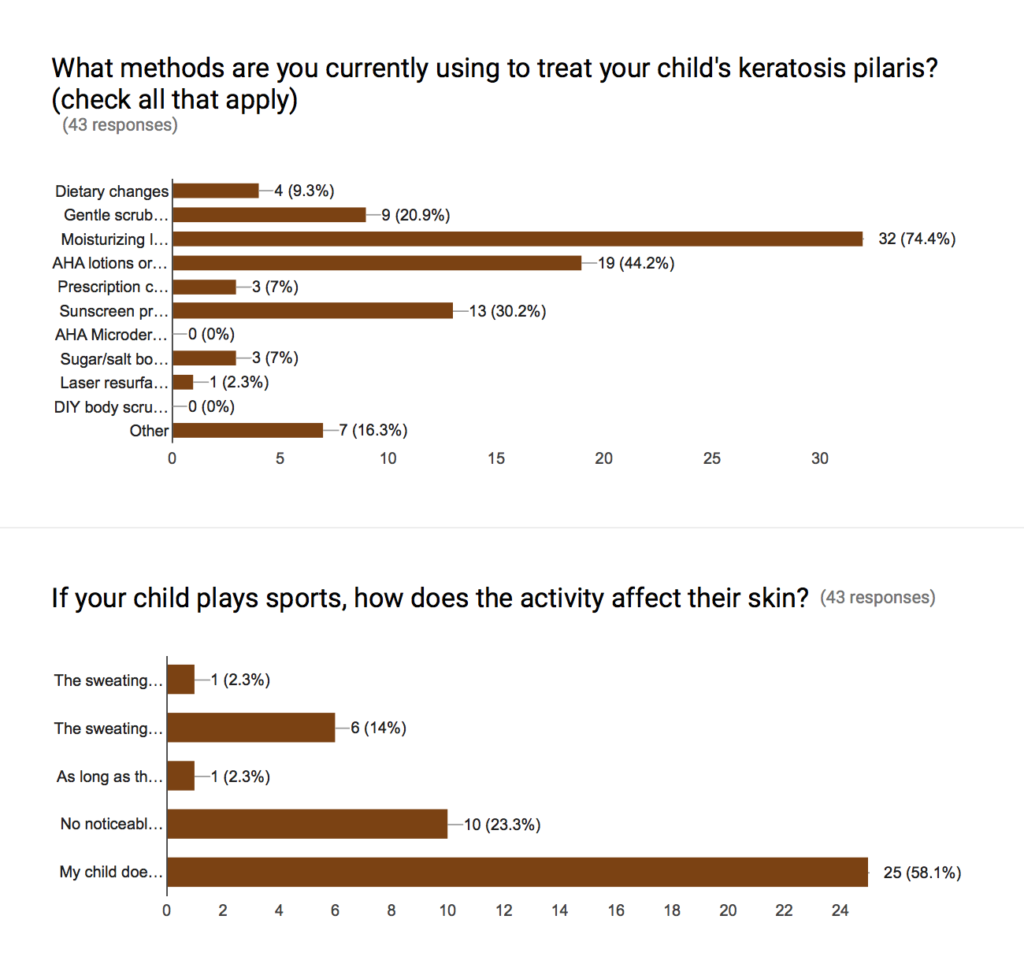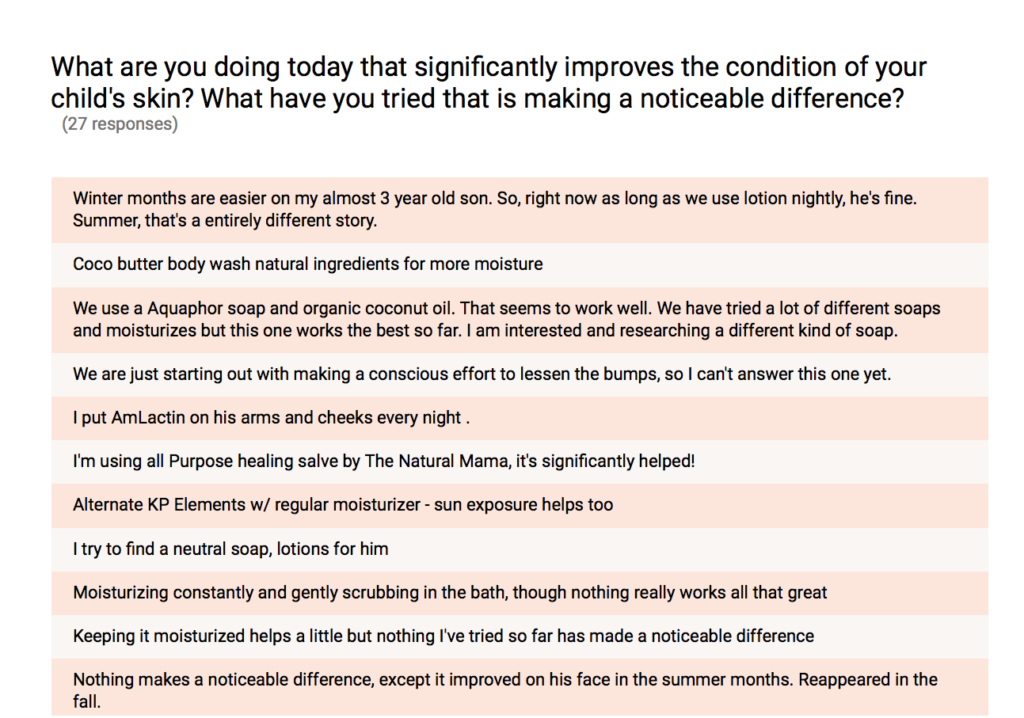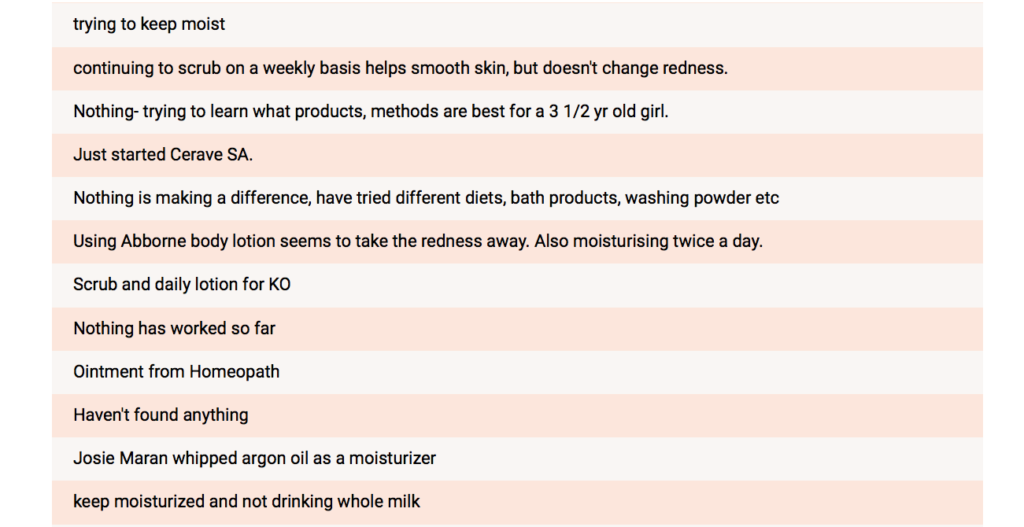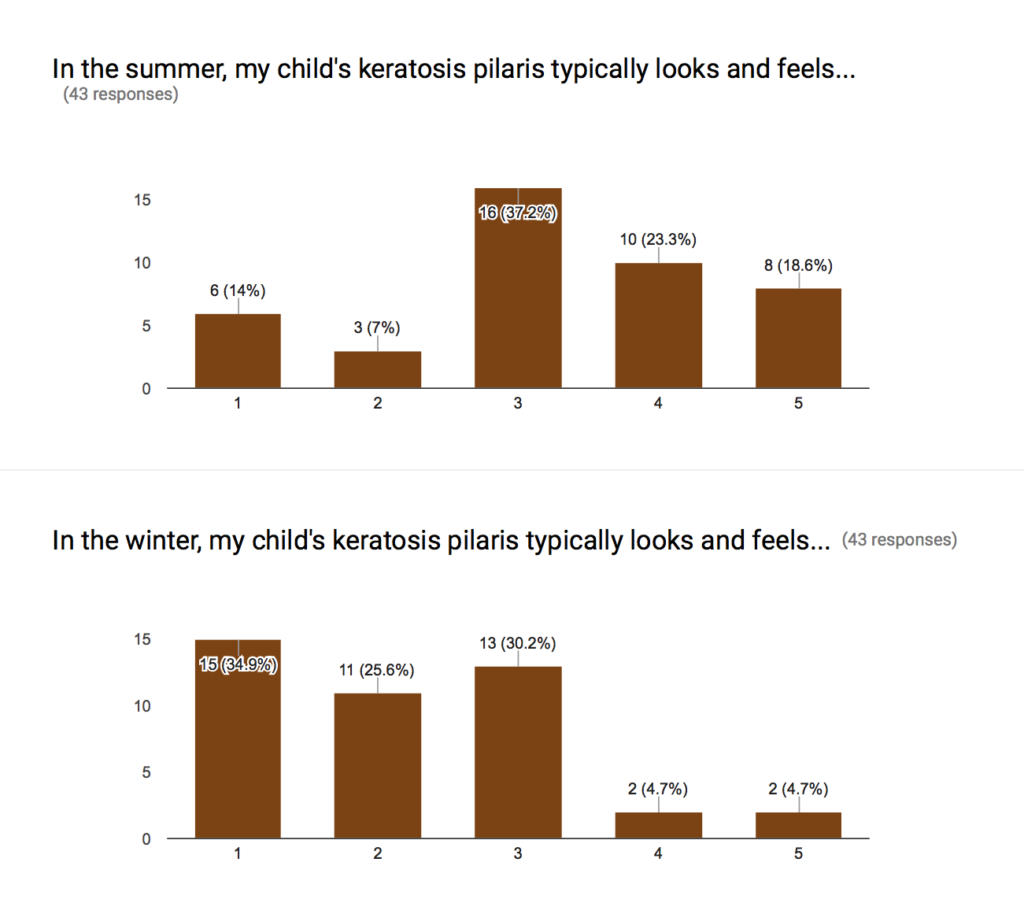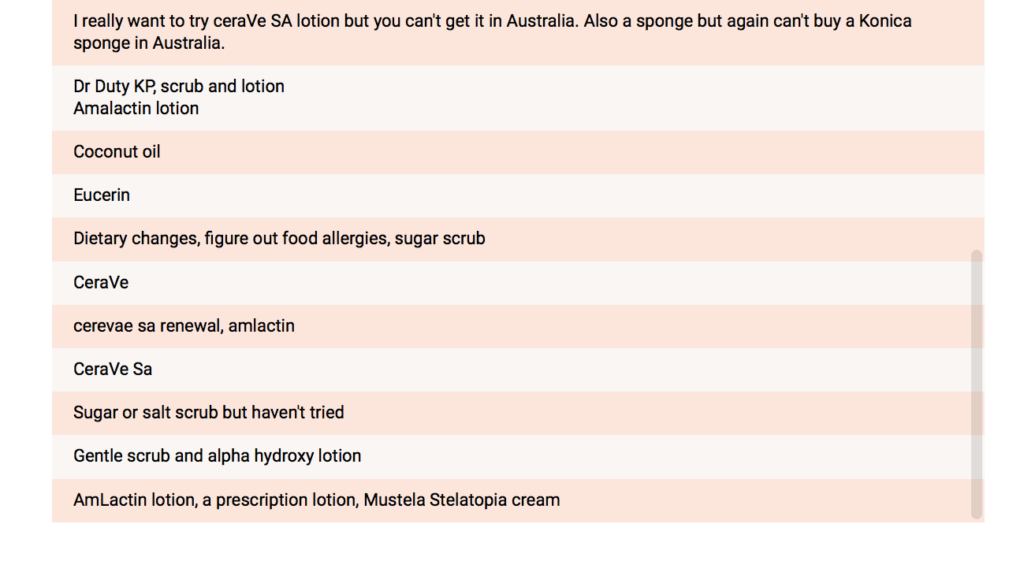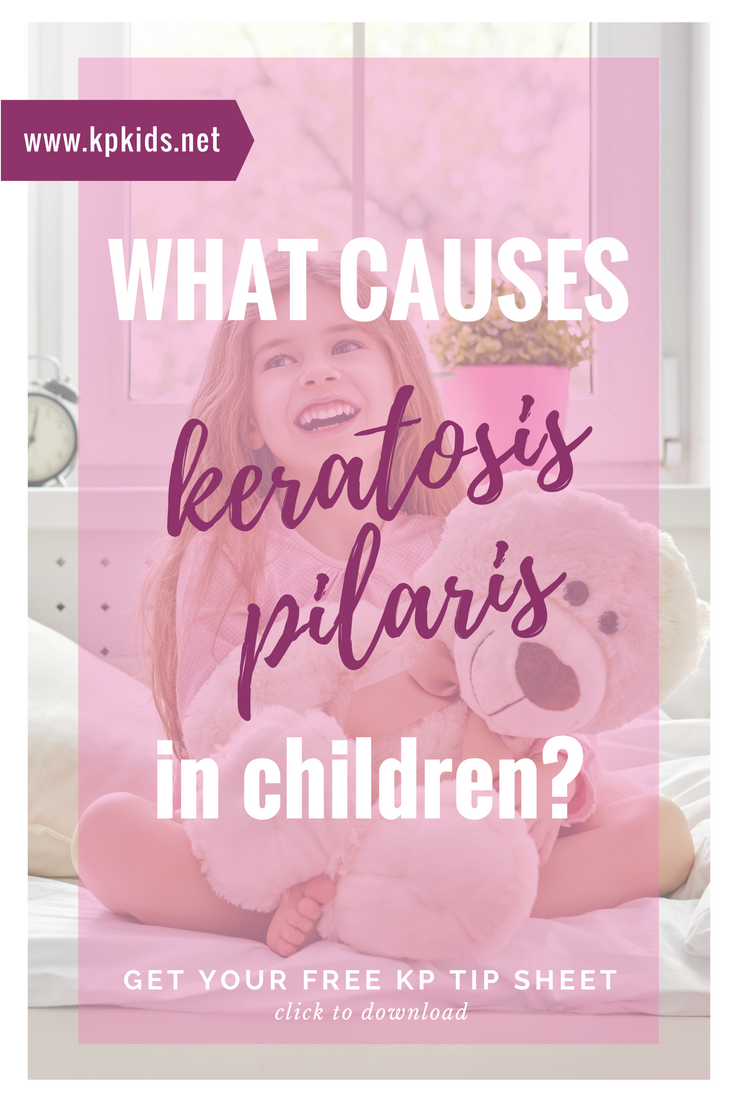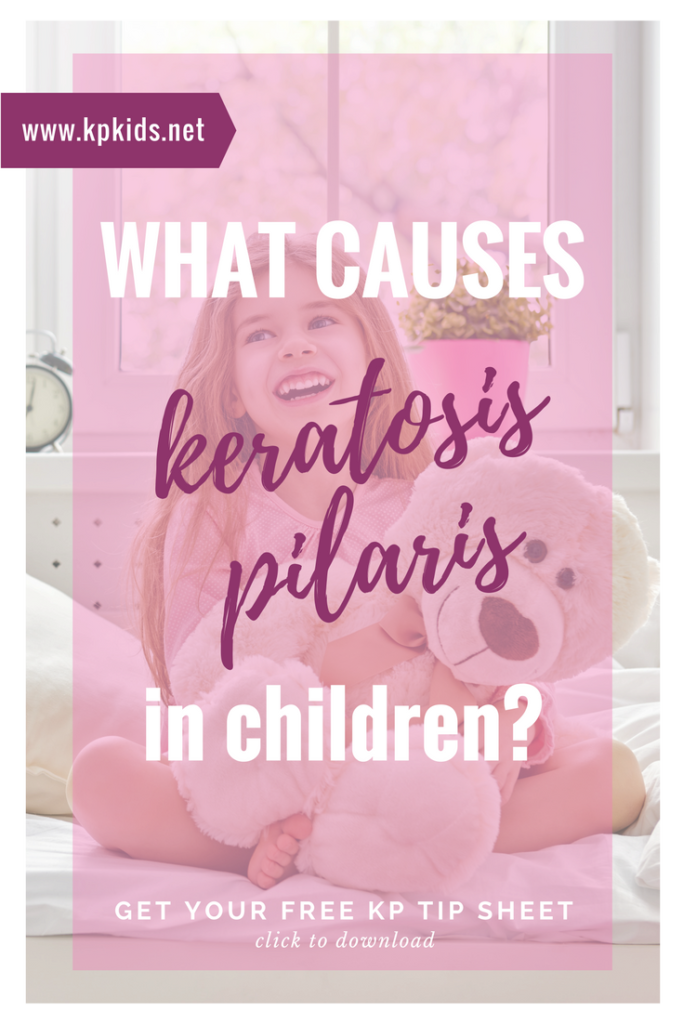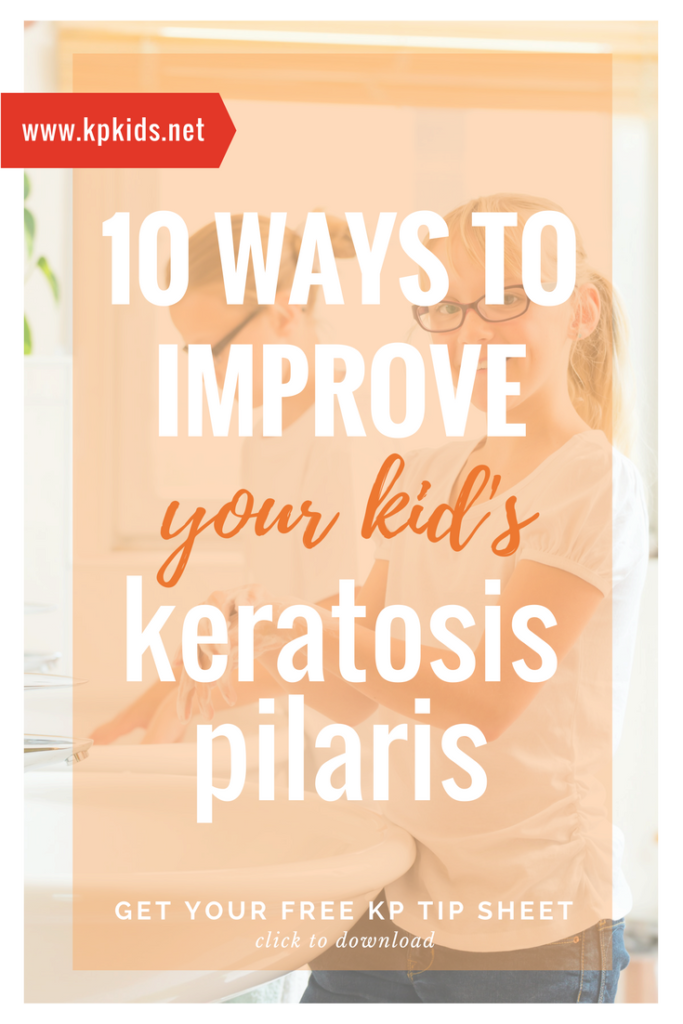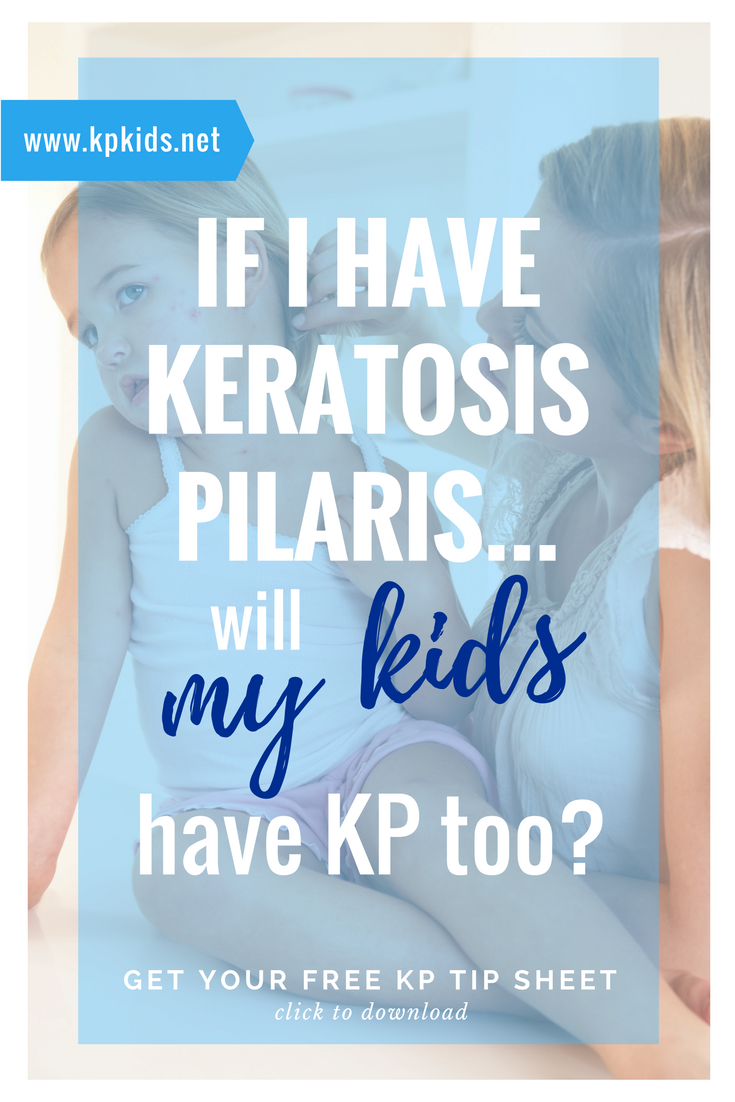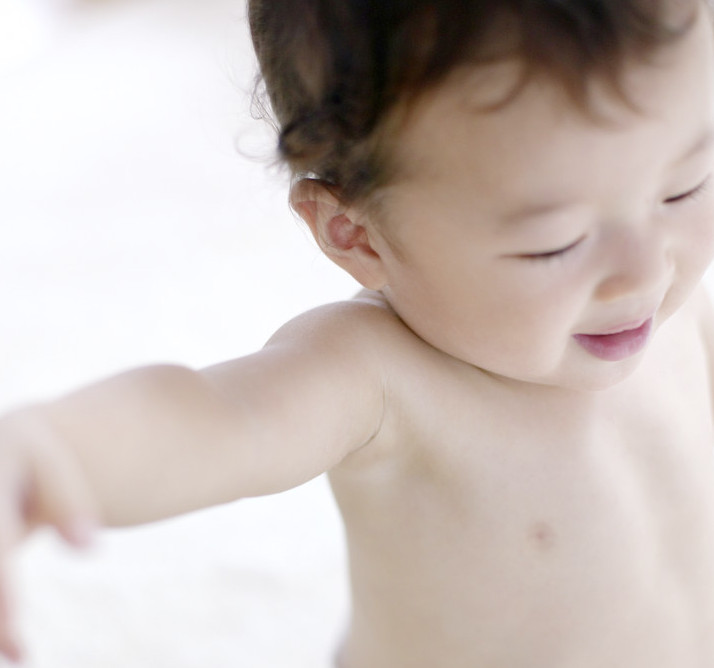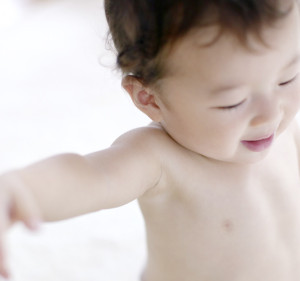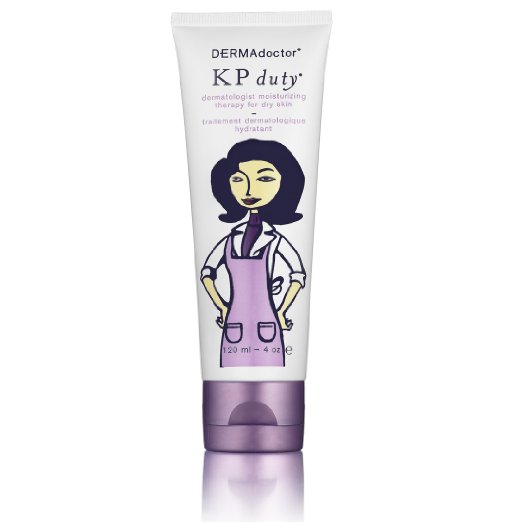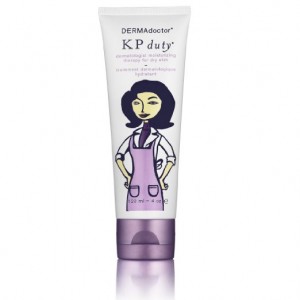Dry skin is a pain.
Literally, dry skin is a painful reaction to your body’s lack of water. So why does your skin get unusually dry and how do you repair the damage that’s been done? How do you keep your skin healthy and prevent it from itching and feeling tight?
To maintain healthy skin, it’s important to understand the reason why your skin becomes uncomfortably dry. Once you learn the cause and recognize the symptoms of dry skin, you’ll better understand how to treat it and prevent any tightness, flaking or peeling in the future.
Here’s 5 things you may not know about caring for dry skin…
1. Why does your skin get so dry?
There are many factors that can cause your healthy skin to lose moisture and feel uncomfortably dry. Soaps and facial cleansers are one of the most common causes of dry skin. While it’s ironic that the soap or shower gel you use to cleanse your skin of excess oil and dirt can actually strip away the vital nutrients your skin needs, keeping your skin clean and clear is very important.
 Another cause of dry skin can be the temperature of your shower or bath. It’s well-known that hot water can pull essential moisture from your skin. Just ask any mom who has just washed a sink-full of dishes how dry and prune-like her hands feel. Opt for shorter showers and warm, but not hot, baths to minimize the moisture loss of your already sensitive skin (especially true for those with keratosis pilaris). See what products we use in our home.
Another cause of dry skin can be the temperature of your shower or bath. It’s well-known that hot water can pull essential moisture from your skin. Just ask any mom who has just washed a sink-full of dishes how dry and prune-like her hands feel. Opt for shorter showers and warm, but not hot, baths to minimize the moisture loss of your already sensitive skin (especially true for those with keratosis pilaris). See what products we use in our home.
You may also find that cold weather affects your sensitive skin and keratosis pilaris as well. Cooler air is typically drier and holds less moisture than warmer, humid air. You may find that your skin feels more tight and has less elasticity in the cooler Winter temperatures, which is a sign of moisture loss. In warmer, more humid Summer weather, you’ll likely find that your skin feels softer, more supple and looks healthier.
RELATED: How a Humidifier can Help Improve your Child’s Dry Skin
2. How can you prevent dry skin?
 The first step in preventing your healthy skin from becoming overly dry is to exfoliate your skin regularly. Begin with a gentle scrub once a week to remove dead skin cells. Our newest favorite scrub for sensitive skin and keratosis pilaris is this sugar scrub and once you try it, you’ll understand why we love it’s fine-grain silky texture.
The first step in preventing your healthy skin from becoming overly dry is to exfoliate your skin regularly. Begin with a gentle scrub once a week to remove dead skin cells. Our newest favorite scrub for sensitive skin and keratosis pilaris is this sugar scrub and once you try it, you’ll understand why we love it’s fine-grain silky texture.
Another fine-grain scrub favorite is Ultra-Fine Exfoliating Facial Scrub by La Roche-Posay. For a more substantial scrub to use on the back of your arms or your legs, try KP Duty Scrub from DERMAdoctor or UltraRich Body Scrub with Shea Butter by L’Occitane.
RELATED: Keeping your baby’s skin hydrated at bath time
After exfoliating, begin a routine of applying a moisturizer consistently. Remember, choose your moisturizer according to the dryness of your skin. Ointments work better than creams, creams work better than lotions.
Another lesser-known but extremely effective tip is to use a humidifier. By circulating moisture into the air (especially overnight), your skin is better able to absorb and retain its vitality and elasticity. Next time you or your child has a sunburn, remember to set up the humidifier after you apply the aloe (we seriously love Mario Badescu’s Aloe Spray).
RELATED: How a Humidifier can Help your Child’s Dry Skin
3. When should you moisturize your skin?
 The best times to moisturize your dry skin are immediately after bathing and before bedtime. These are both ideal times to lock in those essential natural skin oils and nutrients that your sensitive skin is craving to be replenished.
The best times to moisturize your dry skin are immediately after bathing and before bedtime. These are both ideal times to lock in those essential natural skin oils and nutrients that your sensitive skin is craving to be replenished.
If you typically bathe at night, moisturize your skin after bathing and again after waking. Regardless of when you apply your ointment, cream or lotion, be sure to establish a solid routine to prevent dry skin from recurring.
RELATED: How this $10 Lotion has Improved my Kids’ Keratosis Pilaris
4. What can you do to repair your dry skin?
To effectively repair your dry skin and improve the appearance of your keratosis pilaris, you must understand what your skin needs to be truly healthy.
 As your body’s largest organ, your skin needs water. Strive to drink at least half of your body weight in ounces of water each day (if not more). Buy a refillable water bottle (we love Swell water bottles because they keep your water cold for hours). Take your water bottle with you during the day to ensure that you always have drinking water available. You may be surprised how much more water you will drink if it’s easily within your reach.
As your body’s largest organ, your skin needs water. Strive to drink at least half of your body weight in ounces of water each day (if not more). Buy a refillable water bottle (we love Swell water bottles because they keep your water cold for hours). Take your water bottle with you during the day to ensure that you always have drinking water available. You may be surprised how much more water you will drink if it’s easily within your reach.
Example: A 150 lb. person should drink at least 75 ounces of water per day.
When it comes to moisturizing products to apply to your dry skin, look for two ingredients: humectants and emollients. Humectants are ingredients that attract water and moisture into the skin. When you read product labels, you’ll find the most common humectants are hyaluronic acid, lecithin and propylene glycol. Our latest favorite is Water Drench Cream by Peter Thomas Roth and it’s a bestseller for good reason.
Emollients are the ingredients that hold and lock in that moisture to help the skin stay healthy. The most common emollients you’ll find are petrolatum (like Aquaphor), glycerin (like La Roche-Posay), dimethicone (like CeraVe) and lanolin (used by many breastfeeding moms).
RELATED: Recommended Products for Toddlers with KP: 2 – 4 years
5. When should you see a doctor or dermatologist?
 It is important to know when your skin is more than just unusually dry or perhaps showing signs of another serious skin condition. The most common signs of extremely dry skin are tightening of the skin, loss of elasticity and flaking or peeling.
It is important to know when your skin is more than just unusually dry or perhaps showing signs of another serious skin condition. The most common signs of extremely dry skin are tightening of the skin, loss of elasticity and flaking or peeling.
Any symptoms that include unexplained redness (other than possible sunburn), excessive itching or rash-like irritation of the skin should be immediately addressed by a doctor or dermatologist. Your doctor will be able to determine if your symptoms are a sign of keratosis pilaris, eczema or an allergic reaction. Don’t hesitate to ask questions and find a treatment plan that works for you.
RELATED: What Your Answers to our Skin Care Questionnaire Have Taught Us about Keratosis Pilaris
We’re talking about keratosis pilaris tips, products and advice daily in our Facebook group, called KP Collective (you can join for free with 1-click).
See what we’re using in our home to treat our family’s keratosis pilaris here: Keratosis Pilaris Products in Our Home. And don’t forget to grab your free Keratosis Pilaris Tip Sheet with 10 Things You can do Today to Improve Your Child’s KP.
SHOP OUR FAVORITE PRODUCTS FROM DERMADOCTOR
